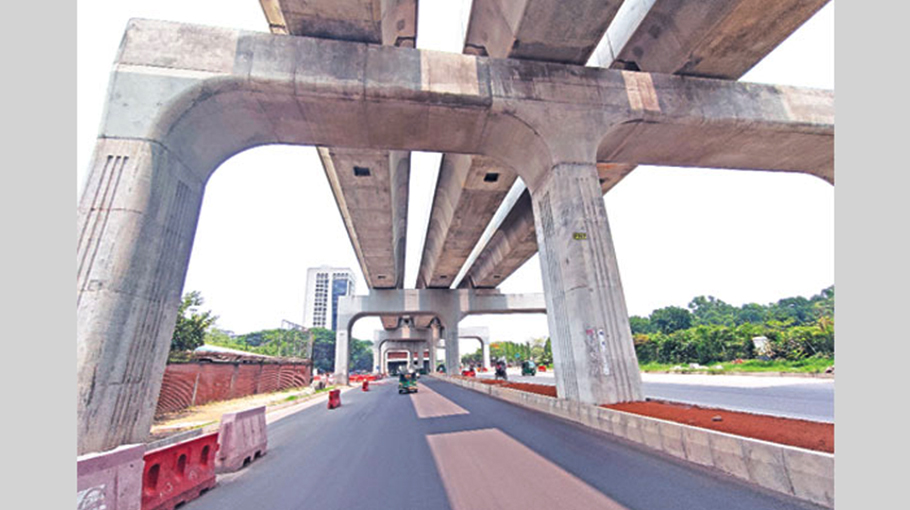Air pollution declining in Dhaka
Nov air becomes less foul


Dhaka city has long been grappling with the grim issue of air pollution. The air quality of the capital city of Dhaka usually turns very unhealthy in winter particularly beginning from the month of November.
But this is the first time in the last seven years that the air pollution in Dhaka city and elsewhere in the country has decreased this month.
After reviewing the November air pollution in seven years, it is seen that this time the level of pollution has decreased by 14 per cent.
The information was obtained after analyzing the data from Center for Atmospheric Pollution Studies (CAPS) of Stamford University Bangladesh and the data of Air Quality Index (AQI).
Dhaka’s air pollution has decreased for two main reasons. One of the reasons is that the construction work of several mega projects, particularly Dhaka’s metro rail project, is now at an end. Another reason is the action on brick kilns.
According to a report of the Department of Environment (DoE) submitted to the High Court this year, some 314 illegal brick kilns out of total 411 in Dhaka and four adjoining districts were shut down since November last year to control air pollution. A total of Tk 20.71 crore fine has been collected from 953 brick kilns across the country in the last fiscal year.
Prof Dr Ahmad Kamruzzaman Majumder, founder of the CAPS and chairman of Department of Environmental Science at Stamford University, said that it is true that the air pollution caused by brick kilns in Dhaka city has decreased due to action of the Department of Environment (DoE). The number of illegal brick kilns in Dhaka has reduced due to regular operations by the DoE.
Talking to Bangladesh Post on Saturday (December 3) he said that in many places the work of different mega projects, including the metro rail, is almost complete. As a result, the air pollution has decreased.
The air quality in the first 17 days of November 2022 was better than the previous six years. In 2016 the average air quality index was 169.40, while 159 in 2019 and 163.27 on 30 days of November 2020.
In 2017, the average air quality index for 17 days was 178.34, the air quality index or AQI for 30 days of November 2021 increased to an average of 194.83. The average air quality index for 17 days in November 2022 was 167. Compared to the average value of the previous six years (2016-2021) (176.91), pollution has decreased by about 5.60 per cent and compared to 2021, pollution has decreased by about 14.28 percent.
According to CAPS research, in the last seven years 2022, 2021, 2019, 2018, 2017 and 2016, Dhaka people breathed one day of good air in 2016 out of a total of 183 days in the month of November.
Meanwhile, according to the air quality index (AQI) index of Air Visual, a US-based world air quality monitoring technology company, at this time last year where almost all days Dhaka was at the top position of air pollution, this time it has not reached the top position.
The highest pollution in the month of November was on November 13. On this day, Dhaka was almost at the top of the world in terms of air pollution. Pakistan's Lahore was at the first position in the AQI index from that morning. Dhaka was in the second position. Later, Delhi of India came to the fore, so the position of Dhaka came down to the third place.
Besides, on November 26, the air quality of Dhaka came back to the fourth place in the world in the list of ‘unhealthy’. The AQI level was 169. Besides, the position of Dhaka was between 7 and 15 throughout the month. This indicates that the air quality was quite good compared to previous years.
According to Air Visual’s Air Quality Index (AQI) data, the position of Dhaka on Saturday (December 3) afternoon was in the 8th place.


